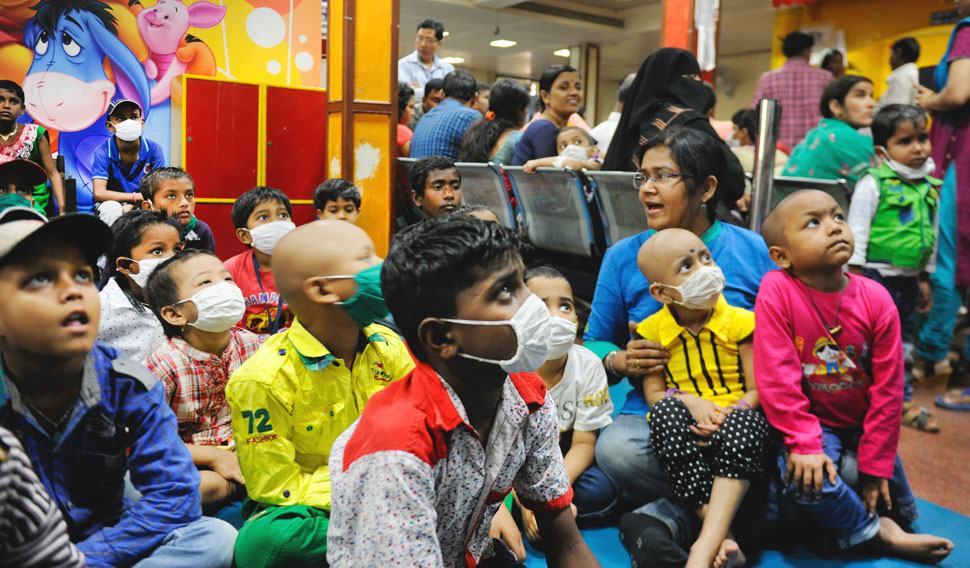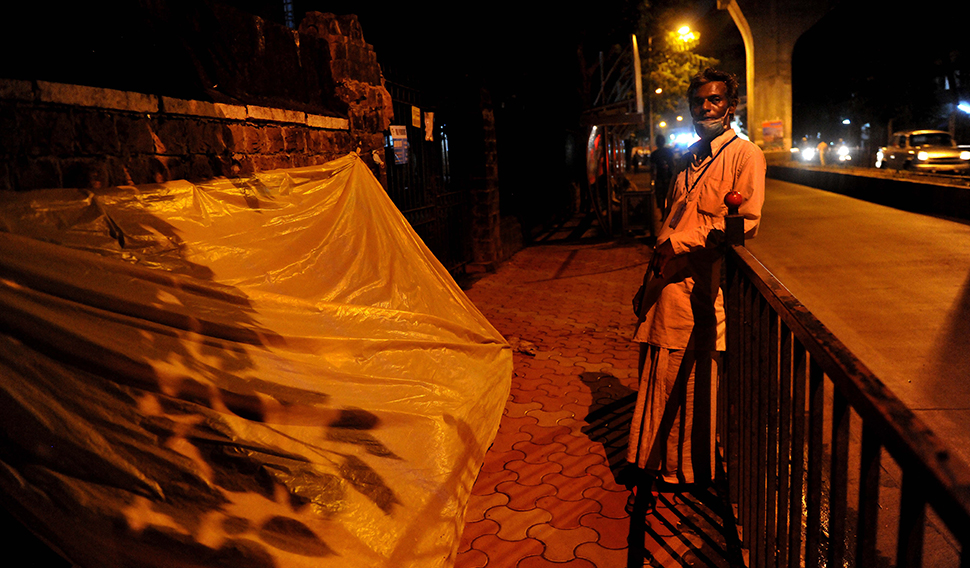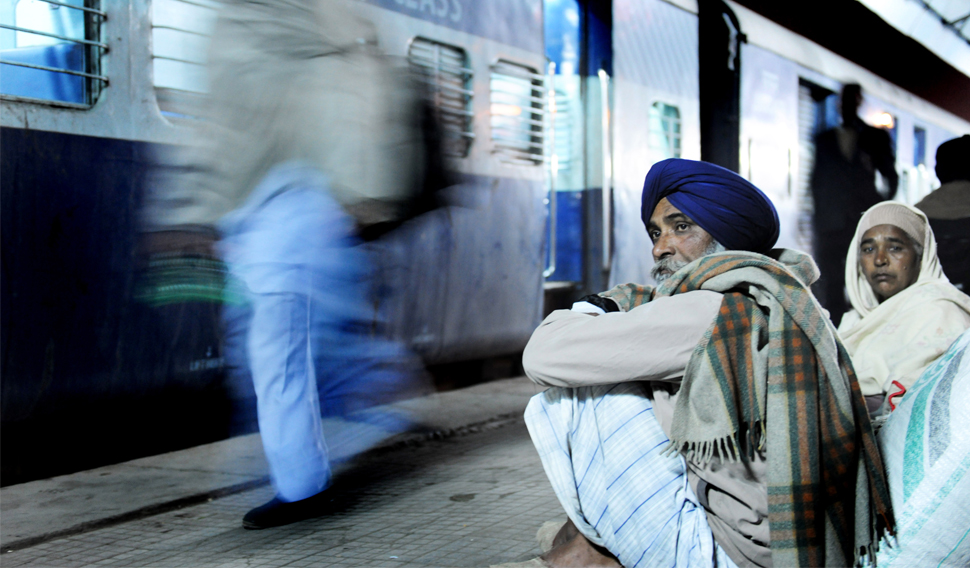
TESTS & TOOLS
Effective diagnostics can outsmart cancer

Dr. Nalini Rao
February 3, 2015

Screening, the proactive check up is likely to either exclude cancer or diagnose the cancer at a curable stage
Cancer is here to stay. And no one is exempt from the chance of getting it. The National Cancer Registry Program (ICMR) has projected that the total cancer cases are likely to go up from 979,786 cases in 2010 to 1,148,757 cases in 2020. These are alarming statistics and rightfully so. Along with the incidence of cancer, the cost of treatment has increased significantly. The challenge is to see how we can reduce cancer incidence and at the same time reduce healthcare costs by intervening with cost effective diagnostic tools and appropriate treatments.
Cancer is curable if detected early. To detect early, it is necessary to recognise red-flag symptoms and investigate them immediately and appropriately. Unfortunately, knowing what symptoms to look for is complicated because cancer is a group of diseases that can occur without any symptom or else with almost any sign or symptom. The symptoms depend on the location and size of the cancer, and which and how much of the organs have been affected.
Weight loss without trying, fever, fatigue, pain, are non-specific symptoms which, if they persist for more than two weeks or are progressive, they should be investigated. It is imperative to understand that all these symptoms can be caused by other diseases–but cancer is the disease where diagnosing early is essential. Research shows that more than 60 per cent of the population neglects these early symptoms.
Breast cancer and cervical cancer are the most common cancers in the female population; the incidence of colorectal cancers is increasing rapidly in both men and women. Fortunately, all these cancers are amenable to screening.
Breast cancer accounts for 25-30 per cent of cancers in Indian women and is showing an increasing trend particularly in the urban population. The recommendations for screening include:

a) Monthly Breast Self-Examination which can be done starting from age of 20 years. It should be done around the 5th day after the onset of the periods. Women who have had a hysterectomy/stopped menstruation should do it on a fixed date, for example, 1st of every month.
b) Bilateral Screening Mammograms from the age of 50 years. This may be done annually or as advised by the physician. The mammogram is a specialized X-ray of the breasts wherein tumors of microscopic size can be detected.
In women with a family history of breast cancer, bilateral screening mammography/MRI of the breasts should be started between the ages of 35 and 40 years.
Mammography is the gold standard for breast screening and can save lives.
The cervix is the lower part of the uterus. Cervical cancers form almost 25-40% of the cancers in women and are more prevalent in the rural population. The majority cases are caused by infection with Human Papilloma Virus (HPV). The screening test is an outpatient procedure called a Pap smear test or Liquid Based Cytology. During the test, the doctor inspects the pelvic region and gently scrapes off a few cells with a soft brush, which is then examined by a trained pathologist for the presence of cancerous cells.
Who should do this test and when?
The incidence of colon and rectum cancer is relatively low in India. The screening test is called Fecal Occult Blood Test (FOBT) wherein the stool/fecal sample are tested for occult blood. The test should be done once every 1- 2 years by men and women above the age of 50 years. If the test result is abnormal, further testing with Colonoscopy will be recommended. Avoid lying down after a meal. Rinse your mouth with lemon water after eating. Suck on ice cubes, mints, or hard candies.
For lung cancer, high risk men and women (heavy smokers) in the age group 55–74 years can undergo screening for lung cancer with a low dose CT scan after understanding the benefits, limitations and potential risks.
While screening is important for an early detection, the mainstay of management should be aimed at prevention, which can be achieved by eating healthy, following a healthy sexual and reproductive lifestyle by being monogamous or having selective partners. In addition, one should not delay having the first child, avoid long-term contraceptive use and avoid hormone-replacement therapy. It is best to avoid tobacco and tobacco products, alcohol (or drink moderately), maintain optimum weight and in case of a family history of cancer, have cancer specific annual health check-ups. Women should further restrict the intake of alcohol. Together, these strategies can reduce cancer incidence and treatment cost.
Q&A with Dr. Jame Abraham

Dr. Abraham is the director of the Breast Oncology Program at the Taussig Cancer Institute, US
What screening options are available for cervical cancer?
Development and widespread use of pap smear is one of the most important success stories in cancer detection and prevention.
For more, click here

